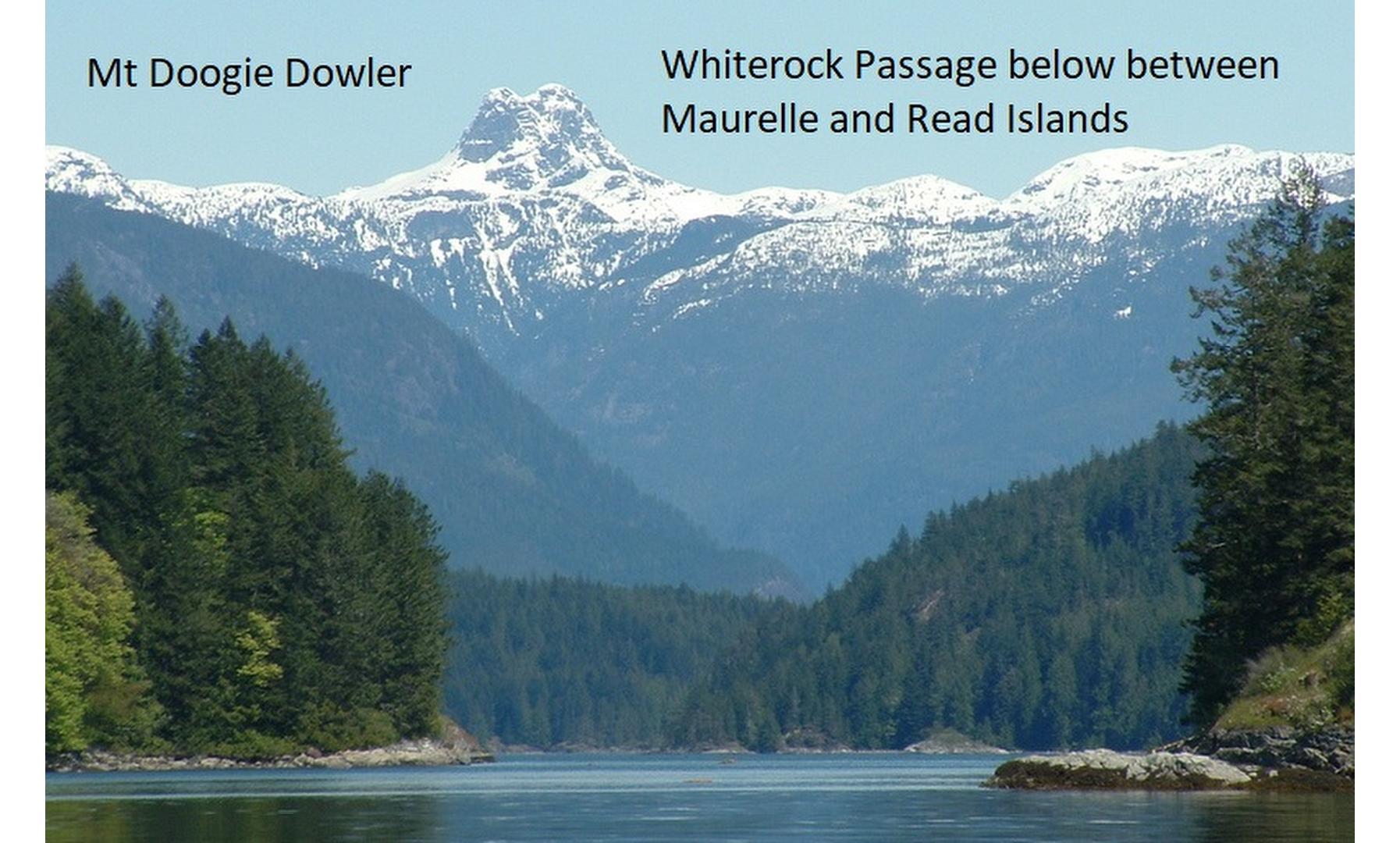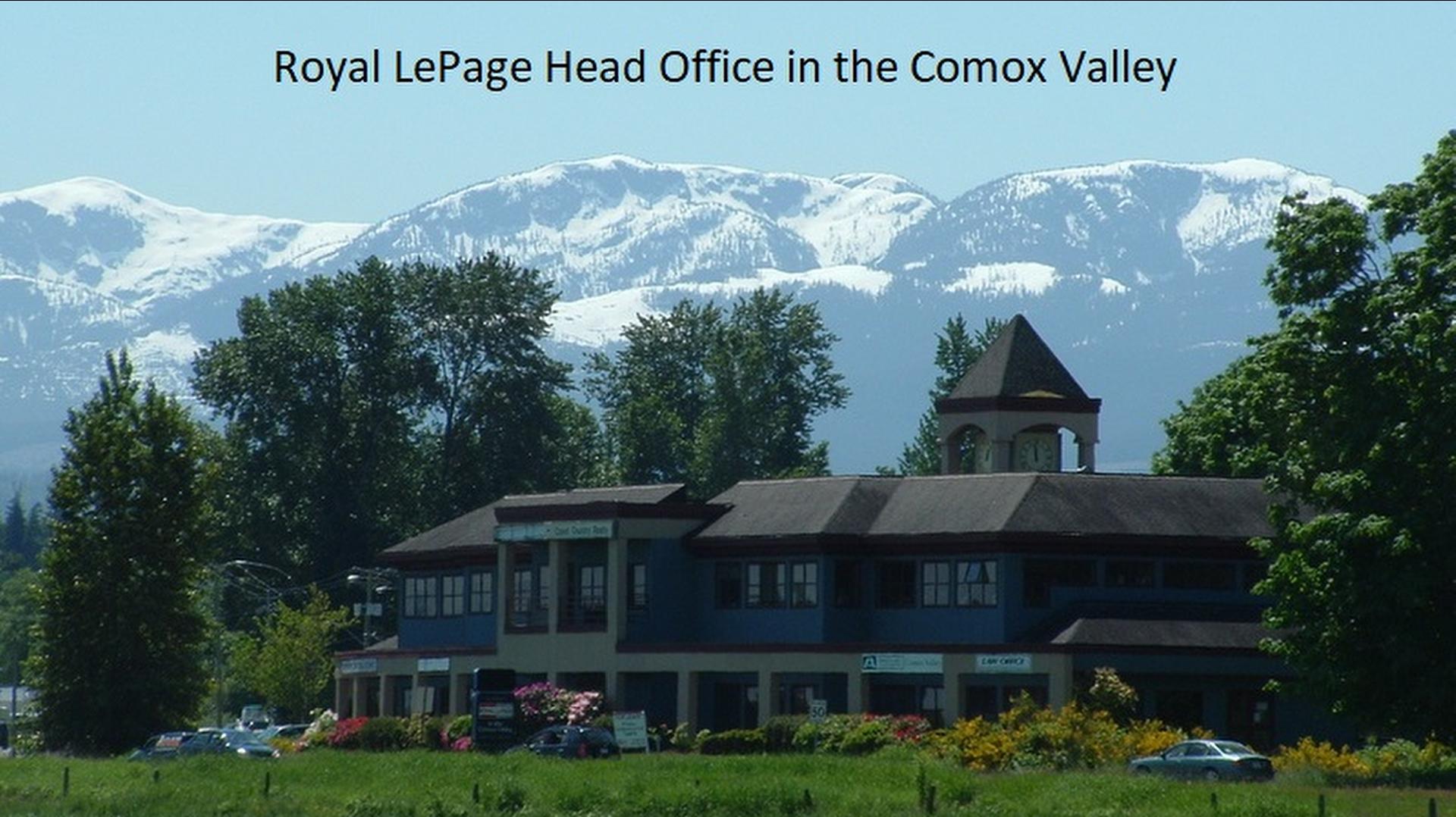Related Files
Property Disclosure Stataement residential.pdf
Selling and listing basic costs on a sale of.pdf
Local Improvement Levies.pdf
How often do we check these things?
Bathroom Fan exhaust(s)
During a recent transaction, the Sellers, in order to continue with the sale, reluctantly agreed to reduce the accepted sale/purchase price by $9,000 and the reason being? = a broken bathroom exhaust pipe.
This situation was discovered by the Buyers home inspector as part of the inspection of the attic. The inspection also revealed mold growth on the underside of the roof sheathing caused by warm moist air venting through the broken exhaust pipe into the attic space, rather than through the roof vent. To create the extent of the mold, the pipe must have been defective for some time. The inspector provided photographs of both the broken pipe and the mold. Two separate companies provided cost estimates to remediate.
Although this particular situation is not covered in the Property Disclosure Statement that the Sellers completed and signed (as being part of the listing documents), this problem was now revealed to several parties including the Realtors involved and has to be disclosed. The Sellers had options
A) To refuse to negotiate the cost of remediation with the Buyers, in which case the Buyers would probably have walked away from the contract.
B) Following the collapse, the Sellers continue with the listing, fix only the vent pipe and hope for the best, having disclosed this mold situation on the Property Disclosure Statement (at their Realtors insistence).
C) Continue with the contract and agree to have the situation remedied “at their, the Sellers cost” prior to completion. (however, there are contract time issues with this option)
D) Cancel the listing agreement, have the situation remediated and re-list at a higher price to cover the cost involved.
E) Renegotiate the existing sale/purchase price to reflect the cost of remediation and let the Buyers deal with it. The Sellers chose option (E) as being less complicated.
Note: The $9,000.00 was not the full cost which also involved the removal and replacement of the insulation that was suspected of being infiltrated by the Mold spores.
A Further Thought
Upon learning of this situation, I dashed up and checked our fan ducting, all good. But not so was the discovery that blown in insulation (by the previous owner), had covered the soffit venting, which almost totally restricted the required air flow through the attic. Check that also, plus the possible presence of the usual suspects, mice and other rodents, roof leakage and if an internal chimney, signs of creosote.
Asbestos
One of the questions within the Property Disclosure Statement reads:
“To the best of your knowledge, have the premises ever contained any Asbestos products”.
This generally concerns attic insulation containing “vermiculite”, as well as in some older floor and ceiling tiles, the joint compound used in older gyprock and insulation around boilers piping and ducts (other products and materials also). It is becoming ever increasingly an issue and as with many subjects, with differing opinions from “the powers that be”. In Real estate, this means the Lending institutes and Insurance companies, some with very strict policies, others may be more lenient (check around).
Please be assured, that if you are selling and have received an offer, the Buyer’s Home inspector will consider the attic insulation and if suspicious at all, will inform the client. Further, the inspector may not wish to enter the attic to inspect the infrastructure, roof sheathing and ventilation. He/she will also report on any suspicions of the presence of asbestos. All may come to a grinding halt. So, what happens?
To start with, it is in the home owner’s best interest to determine if asbestos is present - prior to Listing. With attic insulation this is a somewhat simple procedure through local “labs”, reasonably inexpensive and with the results in days. The home owner can then decide whether to remove and replace the insulation or “disclose” its presence. But at what cost? = both the removal and replacement, will be determined by the square footage, access and ease of the operation and possibly the company, which you can be assured will differ with each quote. There are several companies that are qualified to remove contaminated insulation and of course even more to reinstall new. An example only, the owner of a 1,000 sqft upper floor home was quoted $10,000 for the removal “only” of the problem insulation.
If the home owner can afford to and has replaced vermiculite insulation in the attic and removed other asbestos products from the home, then the answer to the PDS question is simple and straight forward. As well, the costs associated with the removal might be recovered within the asking/accepted offer price. Remember one of the basic rules = “make it as easy as possible for the Buyer to Buy”.
Note: Following the removal of asbestos attic insulation, a test will be completed to confirm the required “air quality”. This will be of further comfort to both the Seller and Buyer.
If vermiculite is known and disclosed, (not only on the Disclosure Statement, but by the listing agent in his/her “comments”), there are several outcomes. There will be Buyers who will refuse to even view the property, especially should there have been any illness in the family related to breathing complications. Another Buyer might insist that it be at the cost of the Seller to remove and replace (prior to Completion or before Subject removal) or, the offering price will be in consideration of “the perceived” costs involved which may be far in excess of the actual costs, and this, even should the Seller have reflected the cost within the asking price. For example, the listing comments read = “The asking price reflects the cost involved in the removal and replacement of the insulation in the attic” - no matter, in most cases the Buyers offer will be reduced again by either the quoted or “perceived” costs.
At the risk of boring the reader, what happens if it is the Buyers Home inspector that discovers or suspects vermiculite in the insulation? These days, it is almost inconceivable that it will be ignored by the Buyers. There might be health, mortgage and insurance issues, or planed renovations (that would “disturb the vermiculite particles). The Buyers will consider future re-sale and the thought that the insulation would have to be removed eventually at “their” cost. Simply put, the presence of this type of insulation will have to be addressed and there is little doubt that it will be at the cost of the Seller.
There is also a “time issue” involved. The Buyer and Seller will have negotiated a time frame for subject removals, to include a satisfactory Home- inspection. Home inspections are usually conducted towards the end of this time frame following Financing approval (especially for younger Buyers), “let’s get the financing confirmed prior to spending money on inspections”. Quotes for major issues take time and require extensions which may not be acceptable to either party
Far better to discover the existence of asbestos prior to listing and address the problem rather than wait and hope, basic common sense one would think?
Rental Insurance – careful consideration
A few years ago, one of my clients purchased a two-story family home for a rental property. One of the features was an open fireplace on the upper floor in the living room. Asked if he needed a “wett” inspection (an inspection by a registered contractor of the fireplace and chimney, with paperwork to confirm), my immediate answer was yes. Notwithstanding that the insurance company “might” have insisted, it is absolutely worth the minimum expense.
Several months later the chimney caught fire, nothing spectacular at all but the fire department was called and proceeded to extinguish with all due diligence. Of course, the damage resulted in a claim with the very first question being, “is there a wett inspection”.
As a result of the fire, smoke and water damage, the resulting claim amounted to upwards of $175,000 with repairs taking several months. The insurance company covered not only the costs of repair but the monthly loss of income also, not an insignificant amount.
One can only imagine the situation of the owner if the “wett” inspection, for such a small cost, had not been completed.
A Note to Buyers
Buyers Information
“Our job as realtors is to make things go as smoothly and as stress free as possible” and it can be achieved.
Some important advise. Choose a realtor that you are both confident in and comfortable working with and as importantly, has a knowledge of the area and is willing to impart that knowledge. Obviously there are the essentials, experience, professionalism, loyalty, time availability, communication etc, but that local knowledge, is oh so important.
A few examples. Within our area, from Ships Point to Campbell River north there are several differing micro climates. There can be snow on the ground in Cumberland with the golf course in Comox open, the weather to the east of the old highway 19A through the Comox Valley differs from the west side and both north and west of Campbell River can be rain belts. There are areas containing the original pasture lands with the most wonderful soils, areas of stone fields, places with high and low water tables, locations and properties facing north with little sun or effected by prevailing winds. Did you know that the meeting of the tides occurs just offshore from Saratoga beach, thus creating little side to side tide movement and a safe and sandy beach for all.
“I didn’t realize that the lands behind where I bought where due to be developed”, oh really. “I never thought that we would run out of well water”, mmm, “gosh its very windy where we live”, “we never see the sun from early September to mid-May”, (having purchased an east facing property with a hill behind it in mid-summer), right, “we have lost our ocean view because the trees in front grew”, well yes they do, “the flight path to the airport is right over our house”, “on low tides it is sometimes difficult to get in and out of the marina” indeed it is.
Our homes and property are oh so important, but so to is where we live.
Information Request
Create your Client Portal account or sign in to favourite listings, save searches and sign up for automatic email notifications.






